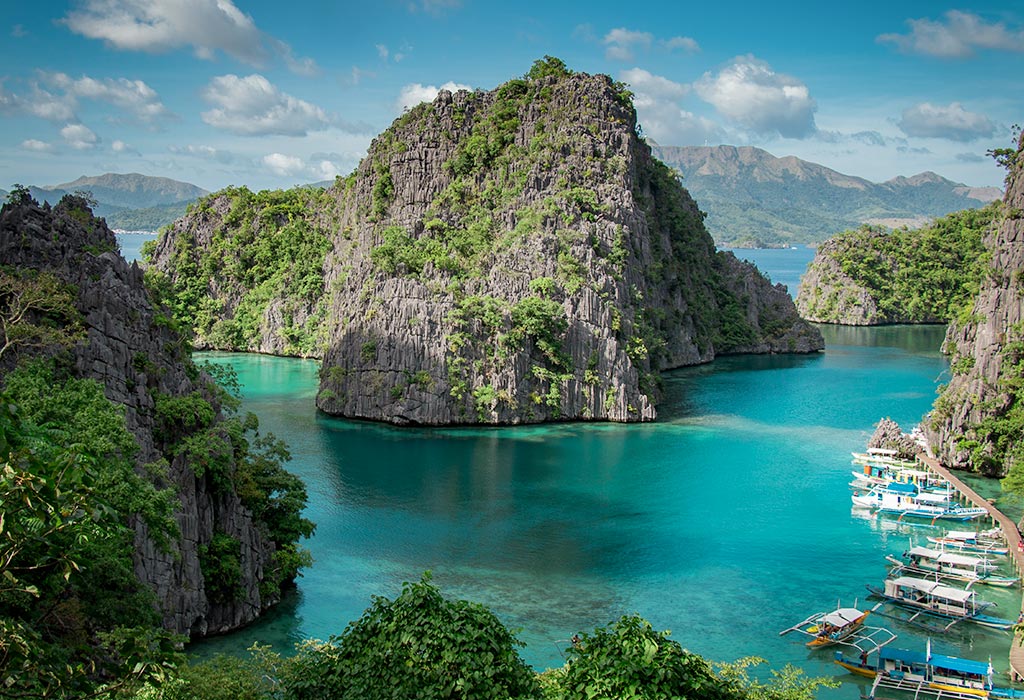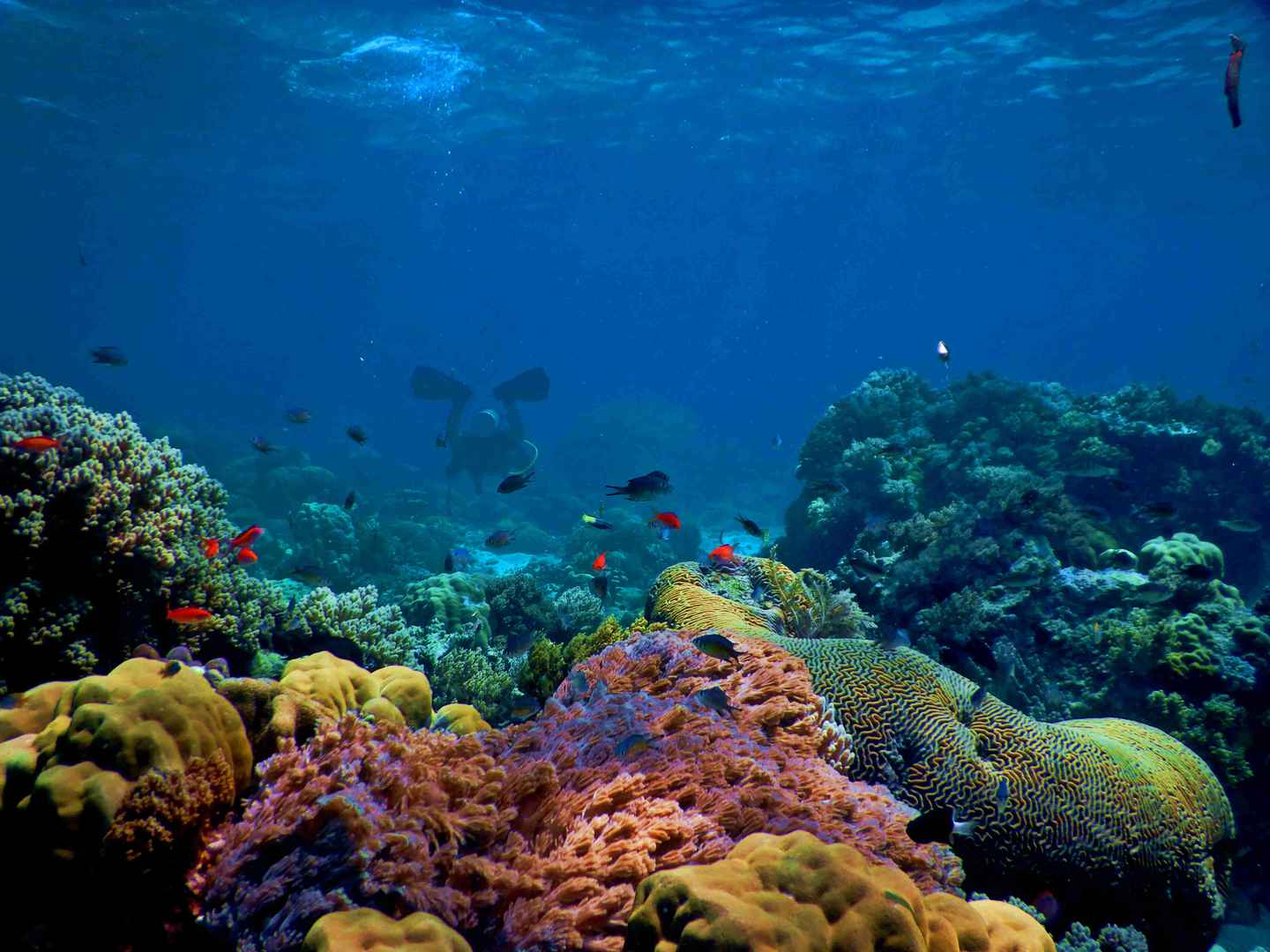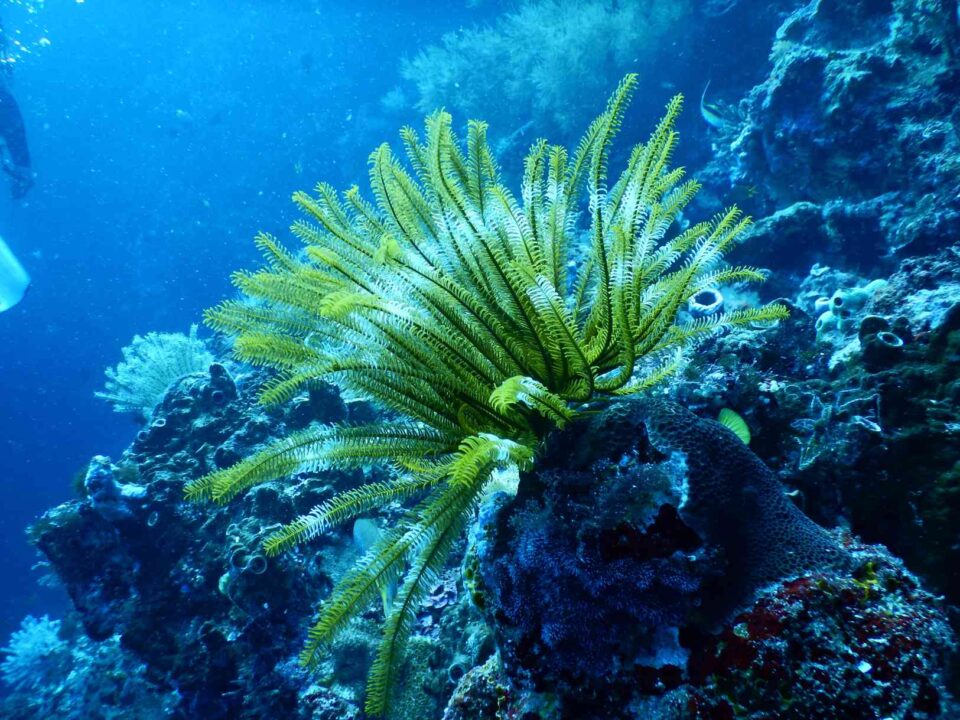
Aquatic Ecosystem Facts
July 23, 2022
THE DEEP SEA
July 27, 2022Coral reefs are the most diverse of all marine ecosystems. They teem with life, with perhaps one-quarter of all ocean species depending on reefs for food and shelter. This is a remarkable statistic when you consider that reefs cover just a tiny fraction (less than one percent) of the earth’s surface and less than two percent of the ocean bottom. Because they are so diverse, coral reefs are often called the rainforests of the sea.
Coral reefs are also very important to people. The value of coral reefs has been estimated at 30 billion U.S. dollars and perhaps as much as 172 billion U.S. dollars each year, providing food, protection of shorelines, jobs based on tourism, and even medicines.
Unfortunately, people also pose the greatest threat to coral reefs. Overfishing and destructive fishing, pollution, warming, changing ocean chemistry, and invasive species are all taking a huge toll. In some places, reefs have been entirely destroyed, and in many places reefs today are a pale shadow of what they once were.
What Are Corals?
Corals are related to sea anemones, and they all share the same simple structure, the polyp. The polyp is like a tin can open at just one end: the open end has a mouth surrounded by a ring of tentacles. The tentacles have stinging cells, called nematocysts, that allow the coral polyp to capture small organisms that swim too close. Inside the body of the polyp are digestive and reproductive tissues. Corals differ from sea anemones in their production of a mineral skeleton.
Shallow water corals that live in warm water often have another source of food, the zooxanthellae (pronounced zo-o-zan-THELL-ee). These single-celled algae photosynthesize and pass some of the food they make from the sun’s energy to their hosts, and in exchange the coral animal gives nutrients to the algae. It is this relationship that allows shallow water corals to grow fast enough to build the enormous structures we call reefs. The zooxanthellae also provide much of the green, brown, and reddish colors that corals have. The less common purple, blue, and mauve colors found in some corals the coral makes itself.
In the so-called true stony corals, which compose most tropical reefs, each polyp sits in a cup made of calcium carbonate. Stony corals are the most important reef builders, but organpipe corals, precious red corals, and blue corals also have stony skeletons. There are also corals that use more flexible materials or tiny stiff rods to build their skeletons—the seafans and sea rods, the rubbery soft corals, and the black corals.
The family tree of the animals we call corals is complicated, and some groups are more closely related to each other than are others. All but the fire corals (named for their strong sting) are anthozoans, which are divided into two main groups. The hexacorals (including the true stony corals and black corals, as well as the sea anemones) have smooth tentacles, often in multiples of six, and the octocorals (soft corals, seafans, organpipe corals and blue corals) have eight tentacles, each of which has tiny branches running along the sides. All corals are in the phylum Cnidaria, the same as jellyfish.

